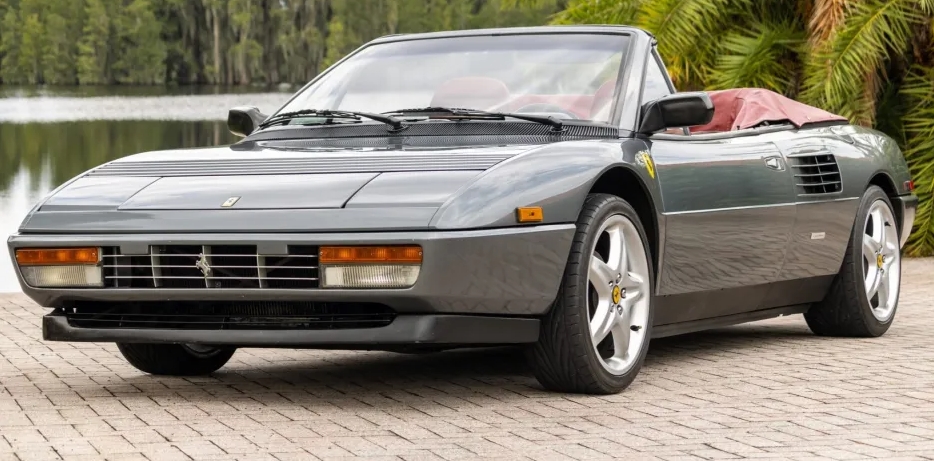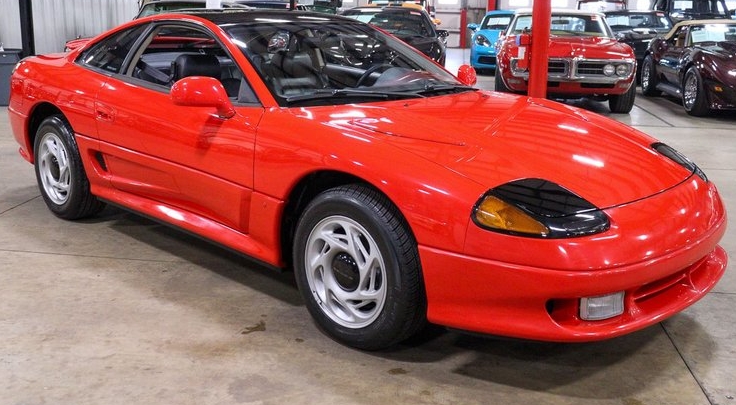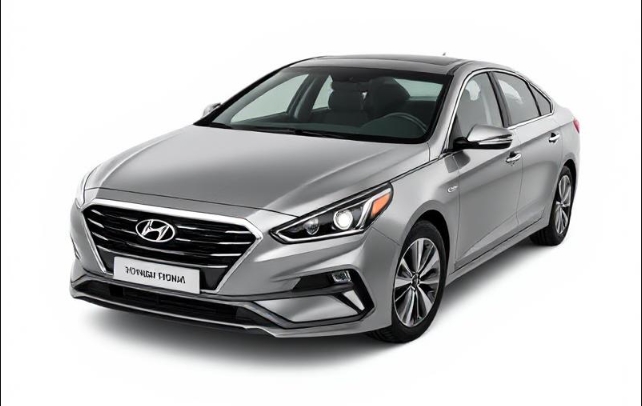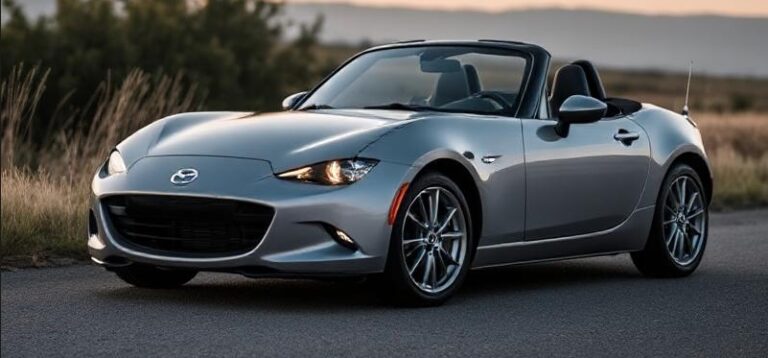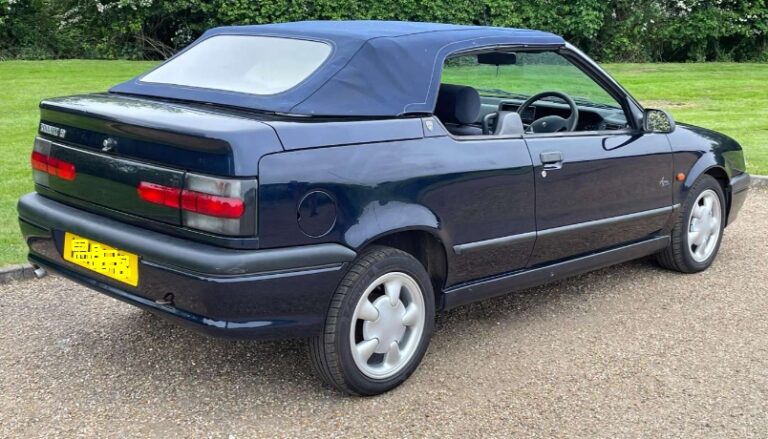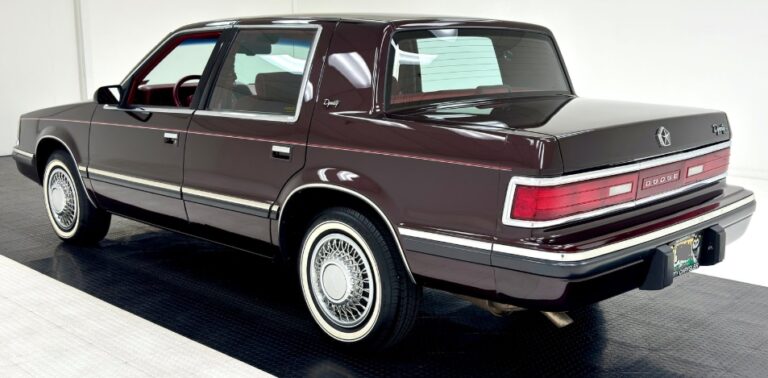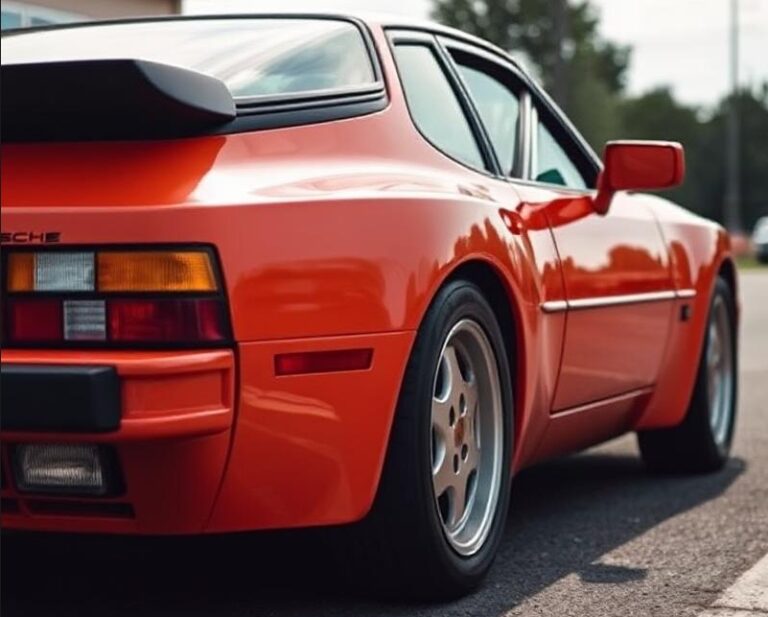The Ferrari Mondial: An Evolutionary Journey in the Prancing Horse Lineup
The Ferrari Mondial stands as a distinctive chapter in Ferrari’s illustrious history, embodying the brand’s commitment to combining performance, practicality, and innovative engineering. Spanning over a decade of production, the Mondial was Ferrari’s only four-seater sports car for much of its existence, bridging the gap between high-performance supercars and family-friendly grand tourers. This article explores the detailed evolution of the Ferrari Mondial, including its production timeline, models, and trim levels.
Origins and Introduction (1980)
Ferrari Mondial (1980–1993)
The Ferrari Mondial was introduced in 1980 as a response to the demand for a more practical Ferrari that could accommodate family needs without sacrificing performance. The name “Mondial,” meaning “worldwide” or “global,” reflected Ferrari’s ambition to appeal to a broader audience.
Design and Engineering
Designed by Pininfarina, the Mondial featured a distinctive angular angular design characterized by sharp lines and a wedge shape, typical of late 1970s and early 1980s Ferrari styling. Its layout was a mid-mounted, longitudinal V8 engine, combined with a 5-speed manual transmission standard in early models.
Initial Model: Ferrari Mondial 8 (1980–1983)
- Model Name: Ferrari Mondial 8
- Engine: 3.0-liter Tipo F105 GTC V8
- Power: Around 214 horsepower
- Transmission: 5-speed manual
- Configuration: 2+2 seating
- Highlights: The Mondial 8 was the first iteration, featuring a classic Ferrari V8 and a traditional manual gearbox. Its design was more angular, with pop-up headlights and a spacious interior suited for four passengers.
First Major Evolution: Mondial Quattrovalvole (1982–1985)
Introduction of the Quattrovalvole (Four-Valve) Engine
In 1982, Ferrari introduced a significant upgrade: the Mondial Quattrovalvole, named for its four-valve-per-cylinder engine. This model reflected Ferrari’s focus on increasing power and efficiency.
Key Features:
- Model Name: Ferrari Mondial Quattrovalvole
- Engine: 3.2-liter Tipo F105 G4 engine
- Power: Approximately 270 horsepower
- Transmission: 5-speed manual
- Design: Slightly refined with updated bumpers and styling cues, maintaining the angular theme but with subtle improvements.
- Performance: The increased power and torque made it more competitive among Ferrari’s lineup of the era.
Special Trim Levels
While the Mondial Quattrovalvole primarily came in a single trim, some markets saw optional features like air conditioning, upgraded audio systems, and leather upholstery packages.
The Evolution Continues: Ferrari Mondial QV Cabriolet and “T” Models (1983–1993)
Introduction of Cabriolet and the “T” (Turbo) Version
Ferrari expanded the Mondial line to include open-top variants and turbocharged models, broadening its appeal.
Ferrari Mondial Cabriolet (1983–1993)
- Model Name: Ferrari Mondial Cabriolet
- Production Years: 1983–1989
- Engine: Same 3.2-liter Quattrovalvole V8
- Power: ~270 horsepower
- Top: Power-operated soft-top roof
- Seating: 2+2 configuration
- Design: The Cabriolet retained the coupe’s overall silhouette but with a retractable soft-top, enhancing open-air driving experience.
- Features: Included options like power windows, climate control, and upgraded sound systems.
Notable Variants:
- Mondial Cabriolet 3.2 (1983–1989): The primary open-top variant, featuring the same engine as the coupe but with added convertible convenience.
- Limited Editions: Some special editions featured bespoke interior materials and unique color schemes.
Ferrari Mondial “T” (1989–1993)
The final iteration of the Mondial was the Mondial T, introduced in 1989 and produced until 1993. It marked a significant technological shift for Ferrari’s four-seater.
Key Features of the Mondial T:
- Model Name: Ferrari Mondial T (T denoting “transverse” engine placement)
- Engine: 3.4-liter Tipo F119 G V8
- Power: Approximately 300 horsepower
- Transmission: 5-speed manual
- Engine Placement: Transversely mounted engine, which improved weight distribution and handling.
- Design: Slightly more aerodynamic and modern compared to earlier versions, with smoother lines and updated bumpers.
- Performance: Accelerated from 0-60 mph in about 6 seconds, with a top speed exceeding 160 mph.
Innovations and Trim Levels
- Electronics: The Mondial T featured electronic fuel injection and a more advanced suspension system.
- Interior: Upgraded dash and ergonomics, with options for leather upholstery, wood trim, and modernized instrumentation.
- Optional Packages: Some models offered upgraded sound systems and customization options.
.
THIS might be a great place to get your new car from!
Or for those who are into the “car flipping” business, here’s an excellent resource for you!

.
Summary of the Ferrari Mondial Lineup
| Year Range | Model Name | Engine Specification | Power | Notable Features |
|---|---|---|---|---|
| 1980–1983 | Mondial 8 | 3.0L V8 | 214 hp | First Mondial, angular styling, manual transmission |
| 1982–1985 | Mondial Quattrovalvole | 3.2L V8 with four valves per cylinder | 270 hp | Increased power, refined styling |
| 1983–1989 | Mondial Cabriolet | 3.2L V8, soft-top convertible | 270 hp | Open-air version, luxury options |
| 1989–1993 | Mondial T | 3.4L V8, transverse mounting | 300 hp | Modernized, improved handling, electronic systems |
The End of the Mondial Line and Its Legacy
Ferrari officially discontinued the Mondial in 1993, replaced by the Ferrari 456 GT, which continued Ferrari’s tradition of grand touring with four seats but with a different approach. The Mondial’s legacy endures among enthusiasts for its unique combination of practicality and performance, offering a different perspective on Ferrari’s design philosophy.
Collectibility and Modern Appreciation
Today, the Ferrari Mondial is appreciated by collectors for its distinctive styling and as an affordable entry point into Ferrari ownership. Its historical significance lies in its role as Ferrari’s pragmatic yet sporty four-seater, bridging the gap between the supercar and the family car.
Conclusion
The Ferrari Mondial’s evolution from the early 1980s through the early 1990s showcases Ferrari’s adaptability and innovation in producing a versatile, performance-oriented grand tourer. From the angular lines of the initial Mondial 8 to the modernized Mondial T, each iteration reflected technological advances and changing market demands. Although it may not have achieved the iconic status of Ferrari’s mid-engine supercars, the Mondial remains a significant model in Ferrari’s lineup, embodying a unique blend of practicality and high performance that continues to captivate enthusiasts worldwide.
